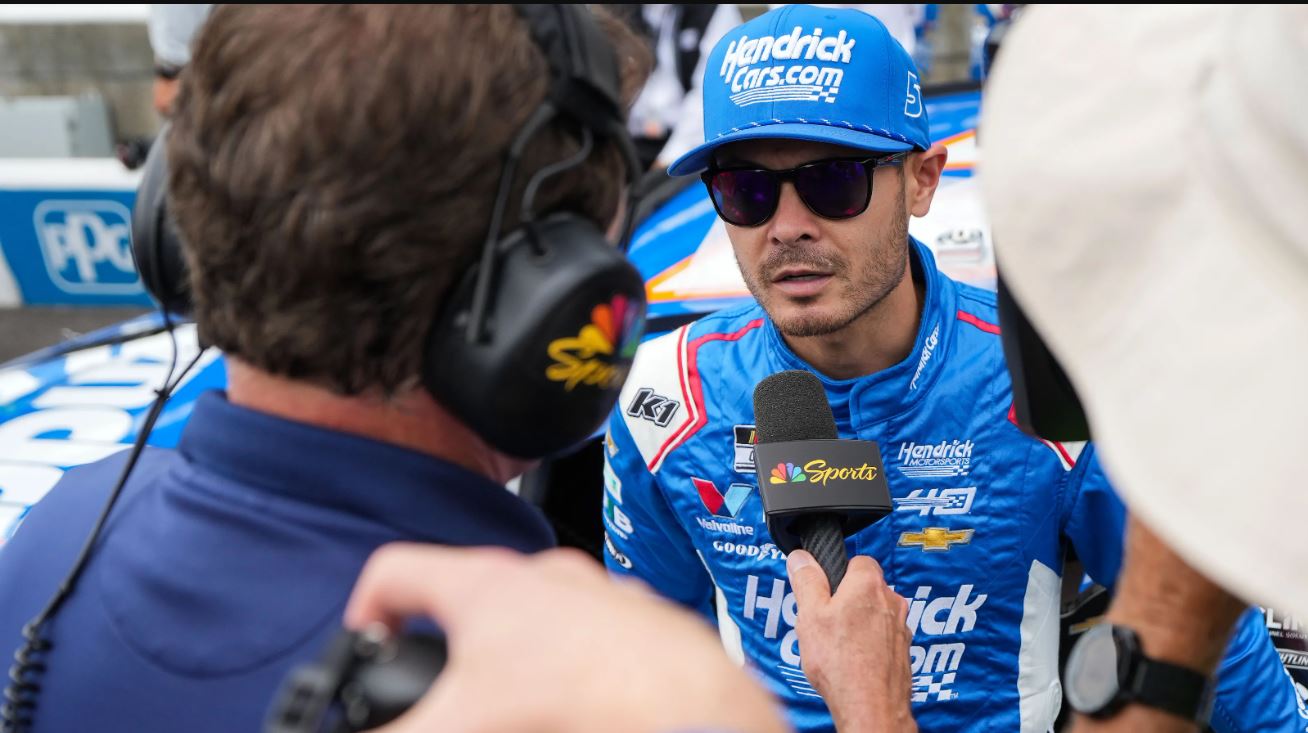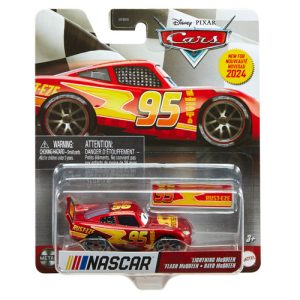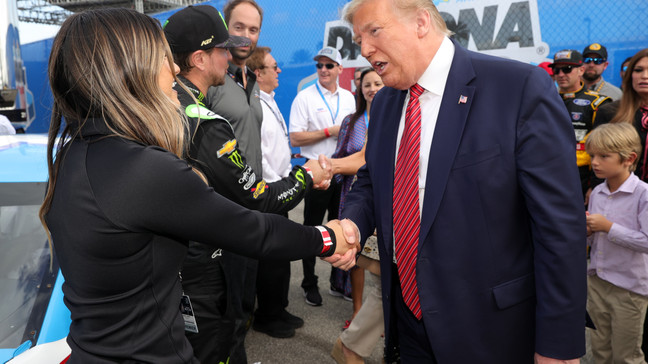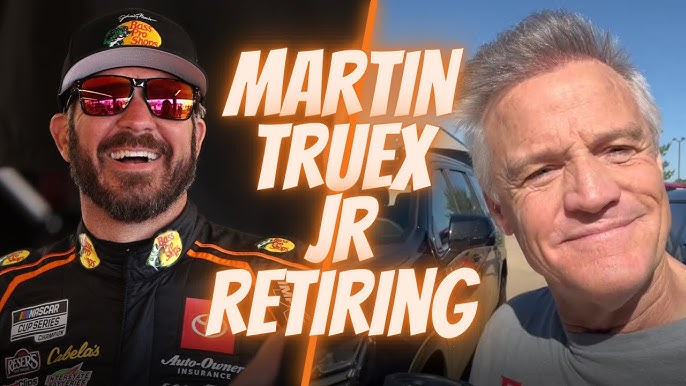When the Cup Series returned to the IMS oval, race control received far too much attention.
The decision made by NASCAR race control to punish Chase Elliott and Brad Keselowski for breaking the blend line during the Brickyard 400, the last race before this two-week Olympic break, did not sit well with Dale Earnhardt Jr.
survey.The punishment for such an infraction was that both drivers had to travel via pit road at pit road pace under green. Both drivers were quite agitated by it.
Elliott believed that there was too much room for interpretation in NASCAR’s pre-race instructions, while Keselowski believed that his actions had not changed from his many years of Indianapolis Motor Speedway racing. However, NASCAR did make it clear that drivers could not merge past the second line in a letter sent out throughout the weekend.
Earnhardt continued to disagree with the decisions, despite the vice president of competition for NASCAR defending race control since then.
Earnhardt Jr. stated last week on the Dale Jr. Download, “There were a number of things that, if I were to critique NASCAR, there were a couple of penalties, and I think Brad and Chase Elliott received these penalties.” Upon leaving pit road, you will now be on the run-off lane. This small asphalt strip divides the racecourse from this area. But it’s connected to the racing surface exactly halfway between Turns 1 and 2. In order to get a favourable angle of attack on this run-off, this exit lane, through Turn 2, many drivers swing out and cross a few white lines. This allows them to accelerate down the back straightaway. Thus, this is a rather typical manoeuvre. quite typical. It’s never been discussed, yet some drivers are more aggressive than others when it comes to how far they swing out.
“I am aware that before to the race, NASCAR provided them with some information and an explanation of what they want the drivers and teams to do in this area. It essentially states, “You can swing out; you can come off line and get out there a little bit close to the racing track,” which is pretty much what we all already understood. It made no mention of any boundaries or objects that were off limits. I’ve witnessed a lot of autos move in that direction.
Similar to Keselowski’s position, Earnhardt only objected to the announcement in 2024 that NASCAR will start to monitor this specific area.
This was something that I struggled a little bit. Earnhardt continued, “It’s never really been anything that was heavily officiated before.” It’s been a long-standing practice among drivers to sort of swing wide in order to improve their angle of attack for Turn 2 on that lane—the access lane. It’s never been anything that was strictly regulated, in my opinion.
“It just felt loosey-goosey to pop a couple drivers in the middle of the race when others, we know, are probably doing and are doing the same thing.” It’s not very appealing. Knowing that you’re being black-flagged is annoying. You cannot talk your way out of this situation. You notice or are aware that you’re not alone in this, even though NASCAR seldom ever acknowledges responsibility or errors. You are aware that this has been a regular practice in this area. So, we haven’t raced the over in a few years. There has been some movement in the booth. Divergent views exist regarding the proper course of events on the track. Diverse perspectives exist. That presents a challenge. I believe that’s what’s frustrating.
“This isn’t always the case. It’s over and done; it is what it is. Brad, after all, had a decent chance to win this race even with his awful fuel strategy. The 9 was able to get back on track. This wasn’t really properly defined previously, thus in my opinion, it wasn’t a smart call or judgement.





